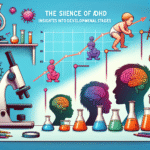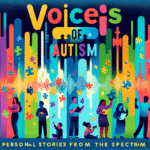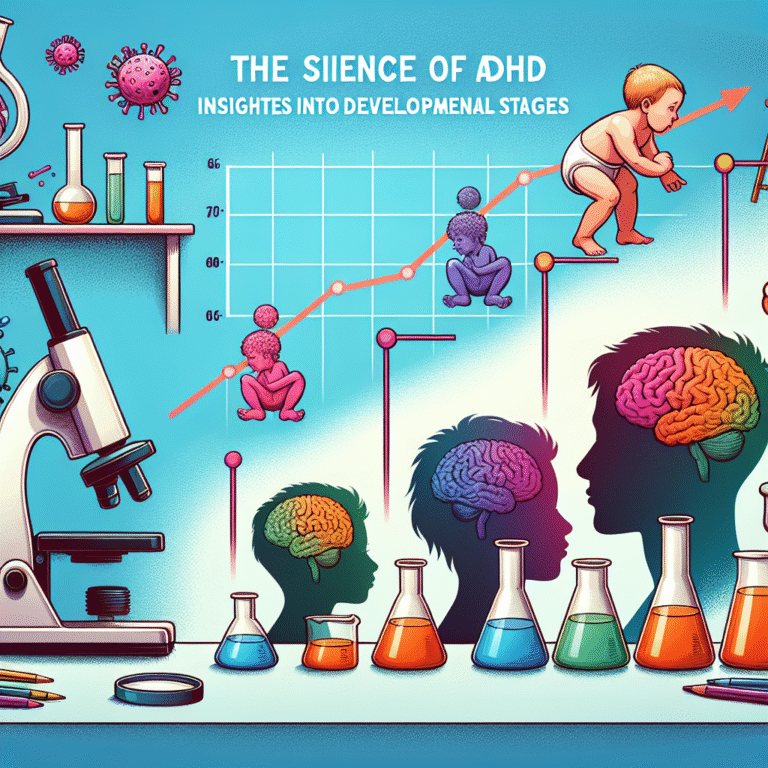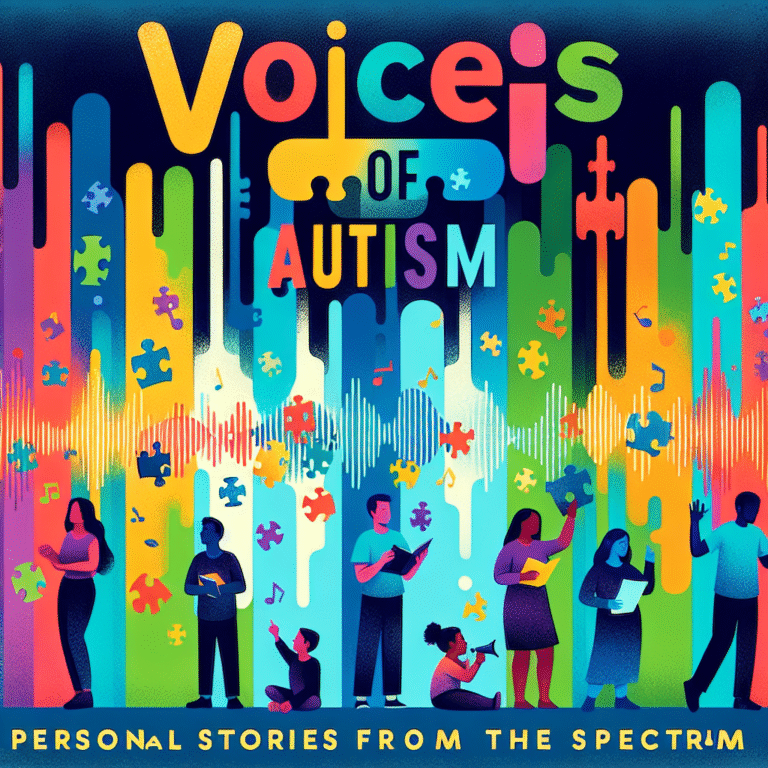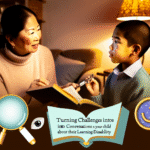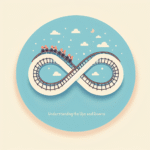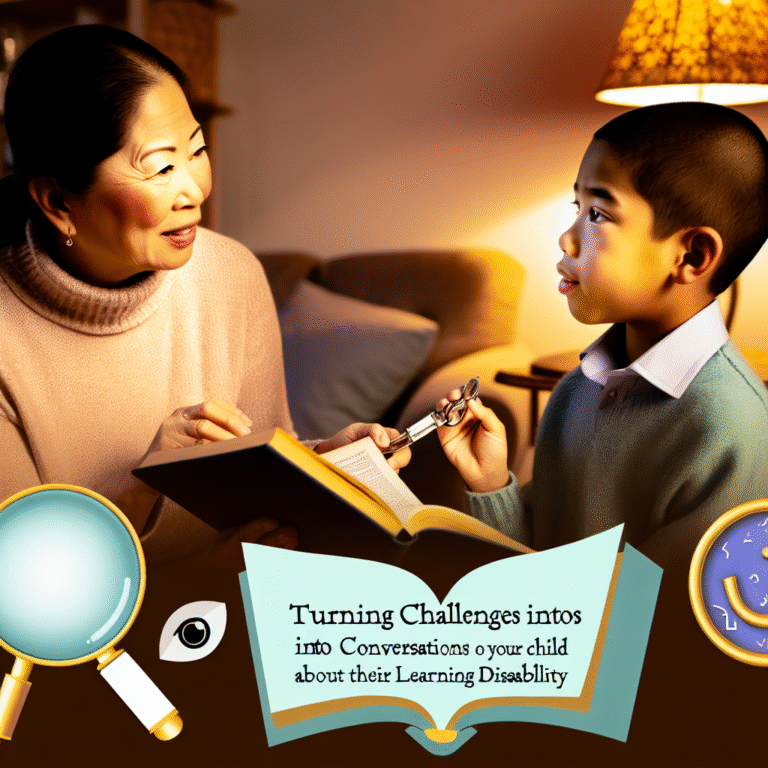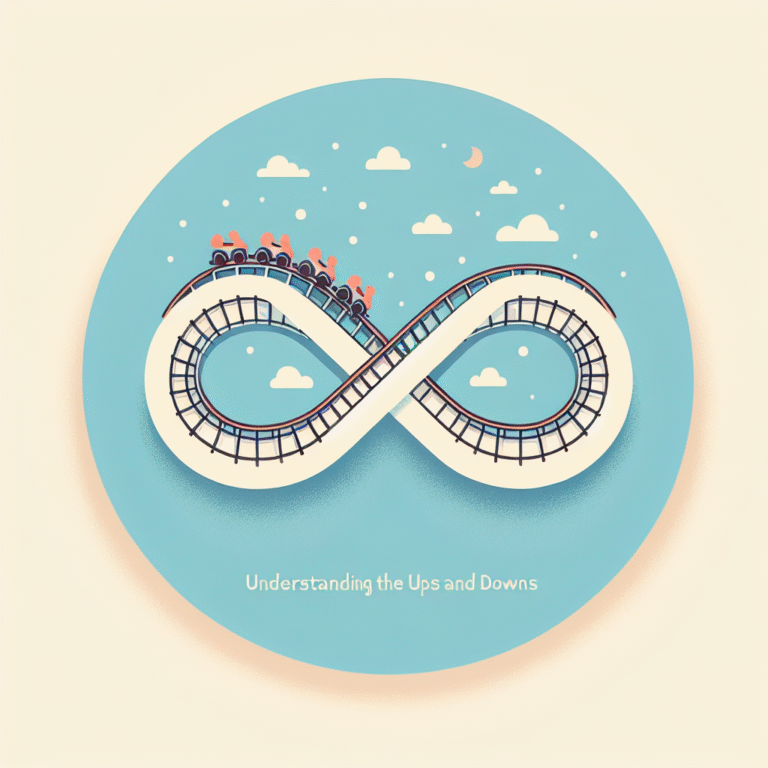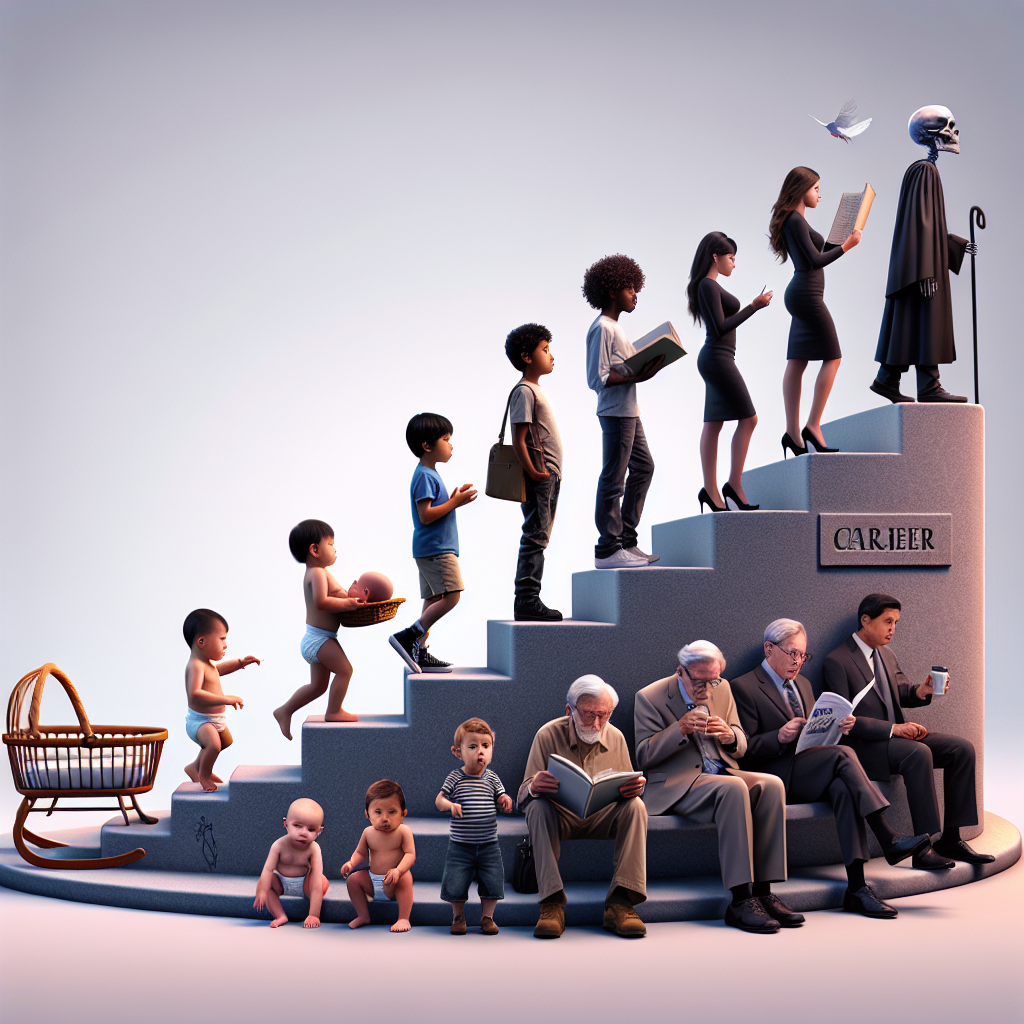
Introduction
Life is a remarkable journey that unfolds in various stages, each filled with experiences that shape who we are. Understanding the stages of lifespan development—those vital changes we undergo from infancy to old age—can enhance our appreciation for both ourselves and others. From Cradle to Grave: Understanding the Stages of Lifespan Development is not just an academic endeavor; it’s a roadmap that can help us navigate our lives more effectively and enable us to support those in different phases of their own journeys.
This article delves deeply into the multifaceted aspects of lifespan development, mapping out the trajectory of human growth and the milestones that define each stage.
Theoretical Frameworks of Lifespan Development
1. Biological Foundations
Human development is deeply rooted in biology. Every stage of life is influenced by genetic inheritance, brain development, and physiological changes.
- Genetic Influences: Genetics lays the foundation for physical traits, temperament, and some health predispositions.
- Neuroscience of Development: Brain development is a crucial aspect in all stages, especially in infancy and adolescence.
2. Psychological Perspectives
Psychology plays a pivotal role in understanding how individuals grow emotionally and cognitively.
- Erikson’s Psychosocial Development Theory: Erik Erikson proposed that individuals face distinct psychosocial conflicts at each life stage, offering a framework for understanding personal development.
- Piaget’s Cognitive Development Theory: Jean Piaget’s stages of cognitive development highlight how children transition from concrete to abstract thought.
3. Societal Influences
Cultural contexts, societal norms, and family structures profoundly influence lifespan development.
- Cultural Variability: Different cultures define stages of life through various rites, responsibilities, and expectations, affecting individual growth.
Stages of Lifespan Development
Infancy (0-2 years)
Overview
Infancy is a period of rapid physical and cognitive development. The first two years are critical, with foundational skills in language, movement, and social interaction emerging.
Case Study: Attachment Theory
Consider the work of psychologist John Bowlby, who highlighted the importance of the attachment bond between infants and caregivers. Children who experience secure attachments tend to develop better social and emotional skills later in life. This illustrates how nurturing in infancy can significantly shape future relational dynamics.
Key Milestones
- Physical Growth: Weight triples and height increases significantly.
- Cognitive Development: Progress from sensorimotor skills to basic problem-solving.
Early Childhood (3-6 years)
Overview
During early childhood, children further develop motor, cognitive, and social skills.
Case Study: Play-Based Learning
Numerous studies emphasize the importance of play in early childhood education. A famous initiative, the Reggio Emilia approach, encourages experiential learning through play, leading to higher engagement and creativity in children.
Key Milestones
- Language Acquisition: A vocabulary explosion occurs, allowing for more complex communication.
- Social Play: Interaction with peers promotes social skills development.
Middle Childhood (6-12 years)
Overview
Middle childhood is characterized by significant cognitive growth and increased independence.
Case Study: Academic Performance
Research shows that children who receive proper support in middle childhood—both academically and emotionally—tend to excel in school. Programs focusing on emotional intelligence yielded significant advancements in academic performance.
Key Milestones
- Cognitive Abilities: Development of logical thinking and problem-solving skills.
- Peer Relationships: Friendships deepen, influencing social skills and self-identity.
Adolescence (12-18 years)
Overview
Adolescence is a time of exploration and change, marked by the transition to adulthood.
Case Study: Identity Crisis
Erikson’s theory highlights the critical conflict of identity vs. role confusion. An example is the “identity workshop” programs in schools, which help students explore their identities through guided discussions and activities.
Key Milestones
- Physical Changes: Puberty brings forth significant hormonal and physical changes.
- Cognitive Development: Shift to abstract thought, allowing for greater introspection and understanding of complex issues.
Young Adulthood (18-40 years)
Overview
This stage involves establishing personal and financial independence.
Case Study: Emerging Adulthood
An emerging area of research, identified by Jeffrey Arnett, posits that the period between 18 and 25 is crucial for self-exploration and identity formation. Young people during this phase often explore relationships, careers, and values.
Key Milestones
- Intimacy vs. Isolation: Establishing intimate relationships while navigating career paths.
- Self-Identity: Continued development of personal beliefs, values, and worldviews.
Middle Adulthood (40-65 years)
Overview
Middle adulthood often brings stability, but it can also present challenges such as a midlife crisis.
Case Study: Family Dynamics
Families in this stage often experience the "sandwich generation" phenomenon, where individuals care for both children and aging parents. Case studies show that balancing these responsibilities can have significant psychological impacts.
Key Milestones
- Generativity vs. Stagnation: The desire to contribute to society and future generations becomes prominent.
- Physical Changes: Menopause and other age-related changes impact lifestyle choices.
Late Adulthood (65+ years)
Overview
Late adulthood serves as a time of reflection and adjustment to many life changes.
Case Study: Successful Aging
Research by Laura Carstensen illustrates that older adults often focus on meaningful relationships and experiences, leading to greater satisfaction and emotional well-being.
Key Milestones
- Integrity vs. Despair: Reflecting on life choices and fostering a sense of fulfillment.
- Cognitive Changes: While some cognitive decline is normal, many retain wisdom and emotional regulation.
The Interconnectedness of Lifespan Stages
Understanding the interconnectedness of these stages is vital. Decisions made in infancy can reverberate throughout a person’s life, influencing relationships, career choices, and overall happiness.
| Stage | Key Focus | Possible Impact |
|---|---|---|
| Infancy | Attachment and Trust | Affects future relationships |
| Early Childhood | Social Skills and Communication | Influences peer interactions |
| Middle Childhood | Academic and Emotional Support | Shapes self-esteem and confidence |
| Adolescence | Identity Formation | Determines life choices and self-perception |
| Young Adulthood | Establishing Independence | Affects career and relationship stability |
| Middle Adulthood | Balancing Responsibilities | Impacts mental health and fulfillment |
| Late Adulthood | Reflecting on Life | Influences legacy and life meaning |
Conclusion
From Cradle to Grave: Understanding the Stages of Lifespan Development provides a comprehensive overview of the intricacies of human growth. As we traverse the different stages of life, we evolve and adapt, often shaped by the circumstances we encounter.
Understanding these stages not only enriches our own lives but allows us to support others through their unique journeys. By embracing this knowledge, we can foster healthier relationships and encourage growth in ourselves and those around us.
So, whether you’re in the thrilling chaos of early childhood or the contemplative nature of late adulthood, remember that each stage carries its own lessons, challenges, and profound joys.
FAQs
1. What are the main stages of lifespan development?
The main stages include: Infancy (0-2), Early Childhood (3-6), Middle Childhood (6-12), Adolescence (12-18), Young Adulthood (18-40), Middle Adulthood (40-65), and Late Adulthood (65+).
2. Why is understanding lifespan development important?
It helps individuals navigate their growth, supports relationships, and promotes mental health and well-being at all stages of life.
3. How do societal influences affect lifespan stages?
Societal norms and culture shape behaviors, expectations, and challenges faced during each stage, impacting individual development.
4. Can experiences in early life affect later development?
Yes, early experiences, such as attachment and emotional support, lay the foundation for future relationships and behaviors.
5. Is cognitive decline inevitable in late adulthood?
While some cognitive decline can occur, many individuals retain important cognitive abilities and emotional regulation, leading to a fulfilling late life.
Understanding the journey from cradle to grave enriches not only personal insight but enhances connections with others—each step along the way is a vital part of the human experience. Embrace your own stages, as well as those of the people around you, with compassion and curiosity.
